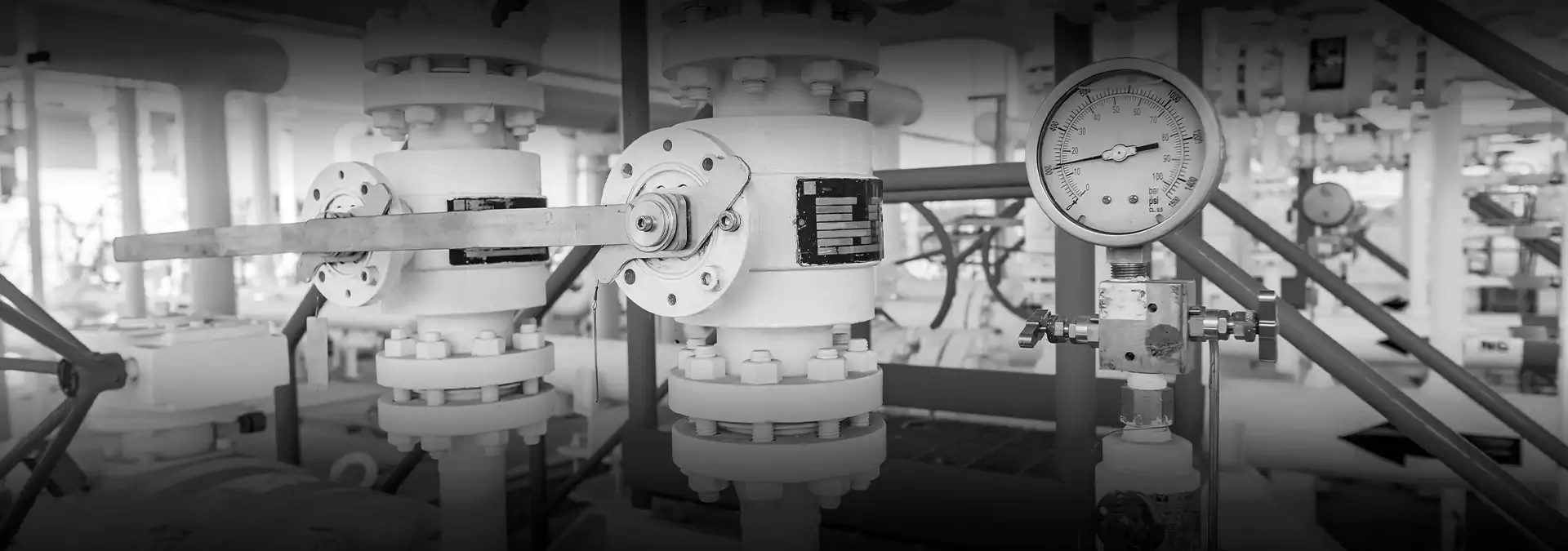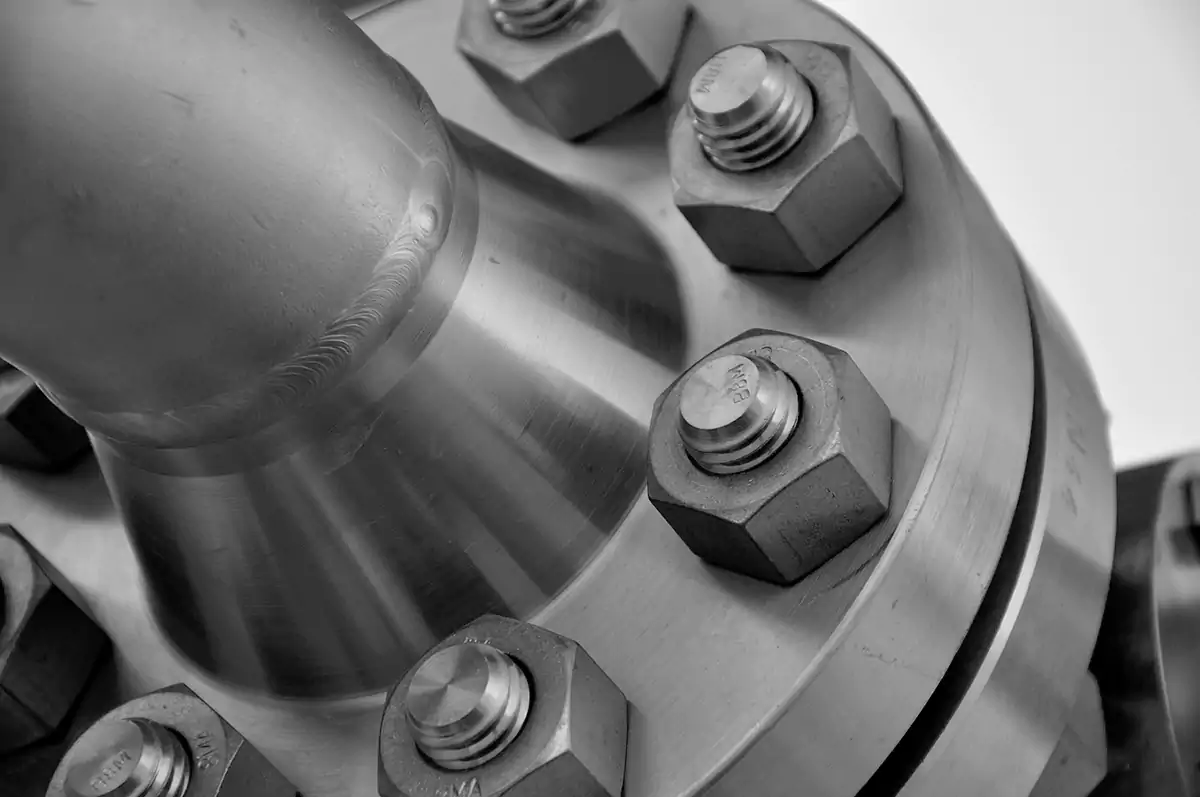Flanges are a crucial component used to join valves, pipes, and pumps within a piping system. They are the most commonly used connection (after welding), and offer a range of benefits – primarily in providing access for intervention (inspection, maintenance, or repair), or as end-points in a system.
Flanges are an integral part of pipe system solutions, and are second only to welding to join pipes together. Your steel pipe stockist will offer various options on the best flange type to use for your specific application. Flanges are especially relied on in situations where solvent cementing cannot hold, as well as in situations such as dismantling a piping system, using a temporary or mobile installation, or when two materials have to transition into one another.
The global market size for flanges was valued at $4.50 billion in 2021, and is estimated to reach $7.39 billion by 2031, growing at a CAGR of 5% from 2022 to 2031. In addition to the continued strength of the manufacturing, oil & gas, and process industries, a key driver of this growth is the adoption of control technologies for reducing costs from wastage of liquids passing through piping systems in facilities across energy, power, civil, and process industries1. Underlying this growth and making it possible is the adoption of international standards that allow for the connection of different pipe system materials from different manufacturers across the globe.



